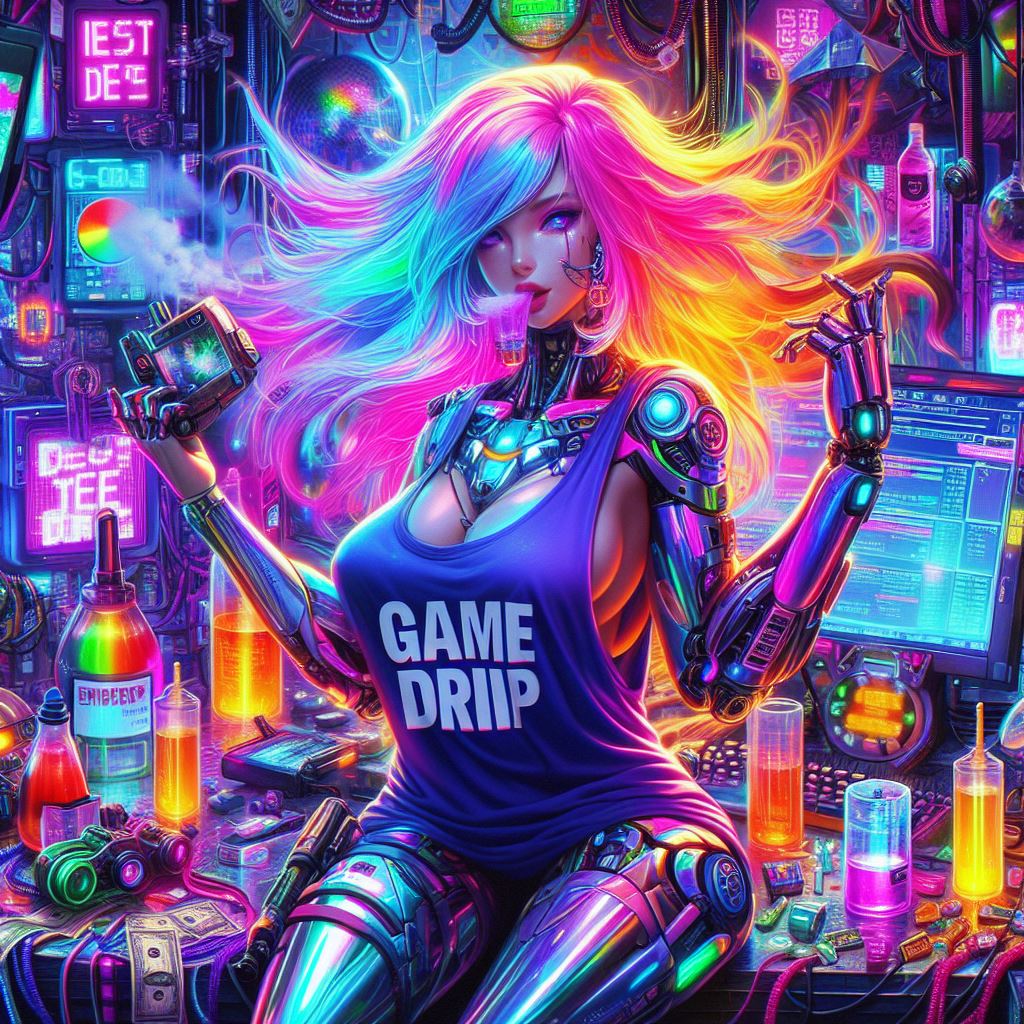As featured on Minecraft Servers Listing
#1.15.2 #Mineville #Enjoy #Fun #Survival #Factions #mcMMO #PlotMe
mineville.serveminecraft.net
![[1.15.2] Mineville, Enjoy the Fun! [Survival, Factions, mcMMO, PlotMe and more!]](https://game-drip.com/wp-content/uploads/img/gamedrip-news-best-848.jpg)
Our Discord server is now up and running! Come chat with other players.
See you in there! – Discord Link
Check out the map in real time with Dynmap! – Link
———————————————————————————————————————————————–
Some plugins advertised here may not be working properly due to the recent update to 1.15.
These will be updated as soon as possible. Sorry for any inconvenience.
———————————————————————————————————————————————–
Mineville is a small offline/cracked survival server. It started out as a small private server back in February 2012. It quickly gained popularity with an average player count of around 20. Over the years Mineville has had a number of map changes with the recent one in September 2018. The map required resetting with the recent release of 1.13.1 also there were many abandoned builds where players had not been on the server for some time. Mineville has a number of plugins to keep it interesting such as mcMmo, ChestShop, Jobs and many more. I will be including more plugins in the near future once these get updated. Mineville is pretty laid back, there’s always plenty of land to build on unlike some other servers I have been on where everywhere is protected.
![[1.15.2] Mineville, Enjoy the Fun! [Survival, Factions, mcMMO, PlotMe and more!]](https://game-drip.com/wp-content/uploads/img/gamedrip-news-popular-88.jpg)
ResidenceResidence is different from most protection plugins in that it aims for the users to be able to protect their own homes without having to bother the admin to do it. Residence has support for a variety of different protection types including preventing movement through areas, all of which can be configured by the land owner, and limited by the admin.
ChestShop
A simple, yet very powerful system for making physical shops using signs and chests. It’s never been that easy to create shops! With features like shop protection and anti-lag protection, you won’t have to worry about your server’s economy anymore!
BlockLocker
This plugin allows you to protect chests, doors, furnaces, dispensers, droppers, hoppers and many other blocks simply using signs. Once a sign is attached, only people listed on the sign can access the container. It uses no databases, all information is stored on sign attached to the protected block.
LongerTime
Realistic Time is a plugin which increase the time for a Day in Minecraft! So if you put this plugin on your server you have longer Days,nights, evenings and mornings. This gives your Server more realistic for example if you have a Roleplay server and you want longer days you can use my plugin to realize that.
JobsReborn
A fully configurable plugin that allows you to get paid for breaking, placing, killing, fishing, and crafting, and more. Class based professions, gain experience as you perform your job.
MobArena
If you enjoy fighting monsters for glorious prizes or just the sheer thrill of battle, you and your friends can now join forces against hordes of Minecraft evils in the exciting gladiator-style survival mini-game MobArena!Heavily inspired by Deminetix’ now inactive ‘Fight’-plugin, MobArena is a PvE-take on arena-gameplay, with a similar class-based system. Instead of fighting other players, you team up with them to beat oncoming waves of monsters, earning lots of rewards in the process. MobArena can be played alone, or with as many friends as you like!
mcMMO
The goal of mcMMO is to take core Minecraft game mechanics and expand them into add an extensive and quality RPG experience. Everything in mcMMO has been carefully thought out and is constantly being improved upon. Currently, mcMMO adds fourteen unique skills to train and level in. Each of these skills is highly customizable through our configuration files, allowing server admins to tweak mcMMO to best suit the needs of his or her server. Know that the mcMMO team is dedicated to providing an ever-evolving experience, and that we carefully read all feedback and bug reports in order to evaluate and balance the mechanics of mcMMO in every update.
PlotSquared
PlotSquared is a land management plugin and world manager which also comes with several highly configurable world generators. You can create plots of land in existing worlds using plot clusters, or you can have a full world of plots.
Plugins (66):BlockThatName , PluginConstructorAPI , NoNetherRoof , BlockLocker , VoidWorld , Lift , TeleportRequest , TuxTwoLib , WebConsole , LongerTimev1 , SkinsRestorer , PermissionsBukkit , PrefixManager , mcMMOHorse , CoreProtect , CoreProtect-Anti-Xray , dynmap , WorldEdit , Spectate , XRayDetector , WorldBorder , Votifier , ProtocolLib , dynmap-mobs , AdvancedPortals , VotingPlugin , NoSpawnChunks , ImageOnMap , BlocksHub , AntiAura , Vault , Gmlist , PerWorldInventory , PlotSquared , HolographicDisplays , WorldGuard , XP-Deposit , Essentials , Jobs , Citizens , BetterSleeping , BentoBox , EssentialsChat , RFChairs , Parkour , mcMMO , MCJukebox , Factions , EssentialsProtect , EssentialsGeoIP , EssentialsAntiBuild , EssentialsSpawn , ScoreboardStats , Multiverse-Core , Sentinel , DiscordSRV , Residence , HungerGames , GriefPrevention , ChestShop , AuthMe , MobArena , Jail , GriefPreventionFlags , MultiWorldMoney , RestrictedCreative
Server Specifications
![[1.15.2] Mineville, Enjoy the Fun! [Survival, Factions, mcMMO, PlotMe and more!]](https://game-drip.com/wp-content/uploads/img/gamedrip-news-top-2409.jpg)

![The Grotto [1.15.2] [SMP] [PvE] [Custom Terrain/Crafting/Items]](https://game-drip.com/wp-content/uploads/2024/04/gamedrip-news-latest-789.jpg)









![[:: AydaaCraft Server ::]](https://game-drip.com/wp-content/uploads/2024/04/gamedrip-news-top-2837.jpg)

![>> FrostCraft [Magic] [Levels] [Quests] [Professions] {Custom Plugin}](https://game-drip.com/wp-content/uploads/2024/04/gamedrip-news-latest-8968.jpg)


![TatoIQ – Survival | Creative | Semi-Vanilla | No-Grief | Economy | McMMO | Pets [1.15]](https://game-drip.com/wp-content/uploads/2024/04/gamedrip-news-popular-7004.jpg)
![Hermitcraft | MilkyMC [Whitelisted] (FAST APPLICATIONS) LGBT](https://game-drip.com/wp-content/uploads/2024/04/gamedrip-news-trending-3944.jpg)



![[1.15.2] Mineville, Enjoy the Fun! [Survival, Factions, mcMMO, PlotMe and more!]](https://game-drip.com/wp-content/uploads/img/gamedrip-news-latest-5188.jpg)